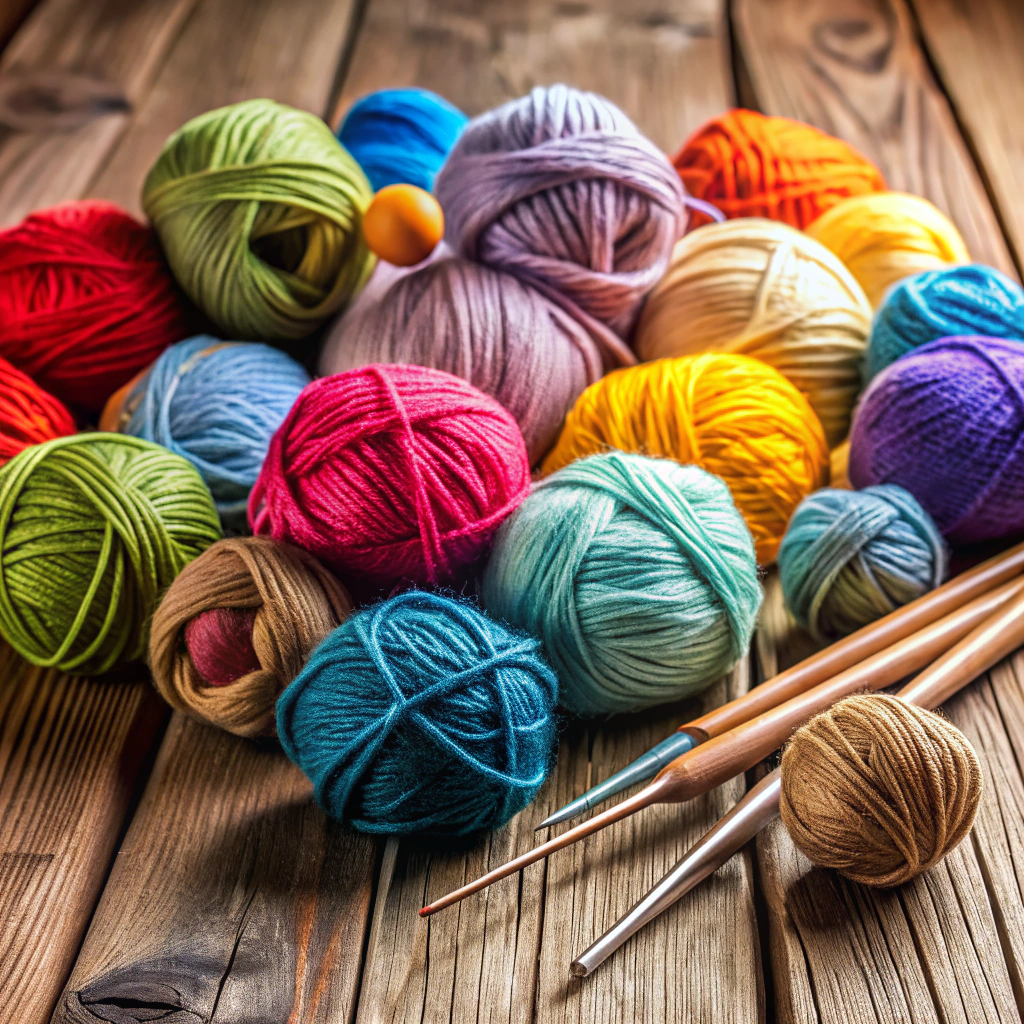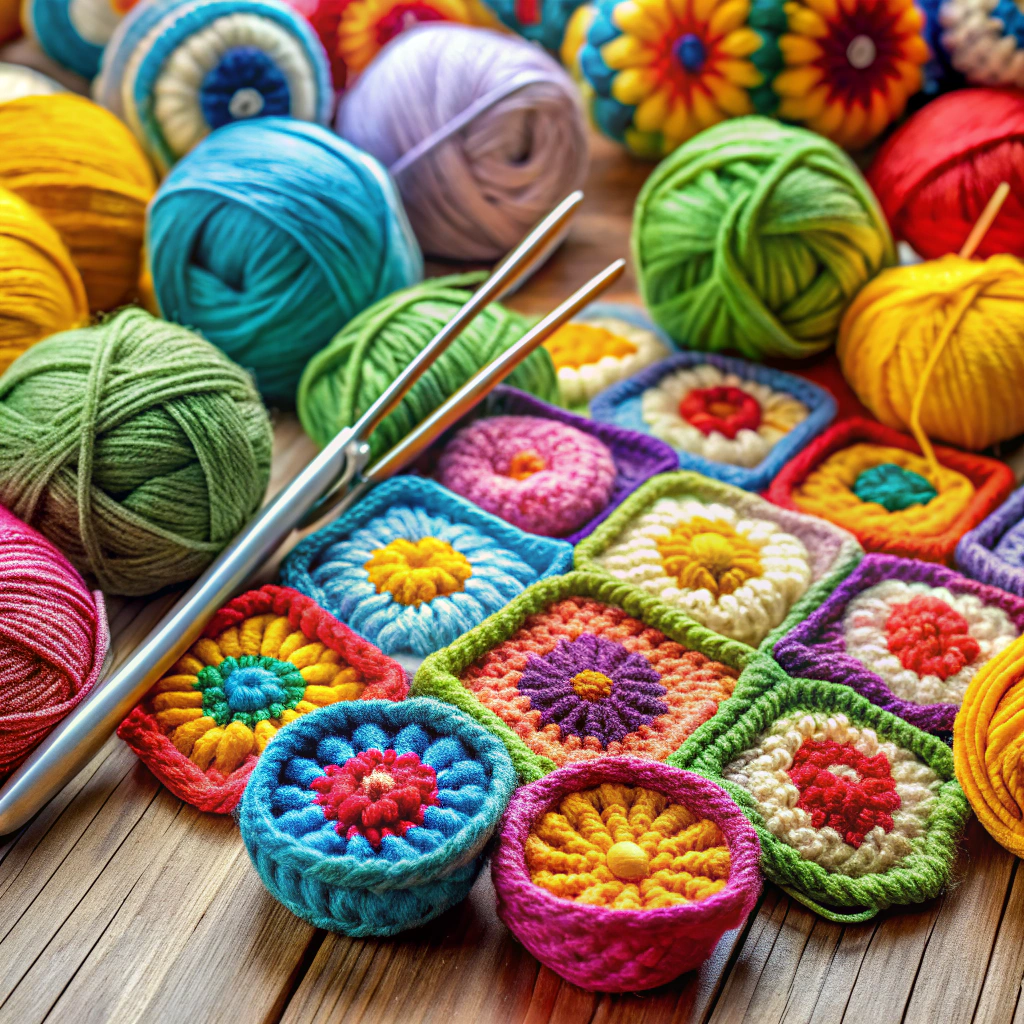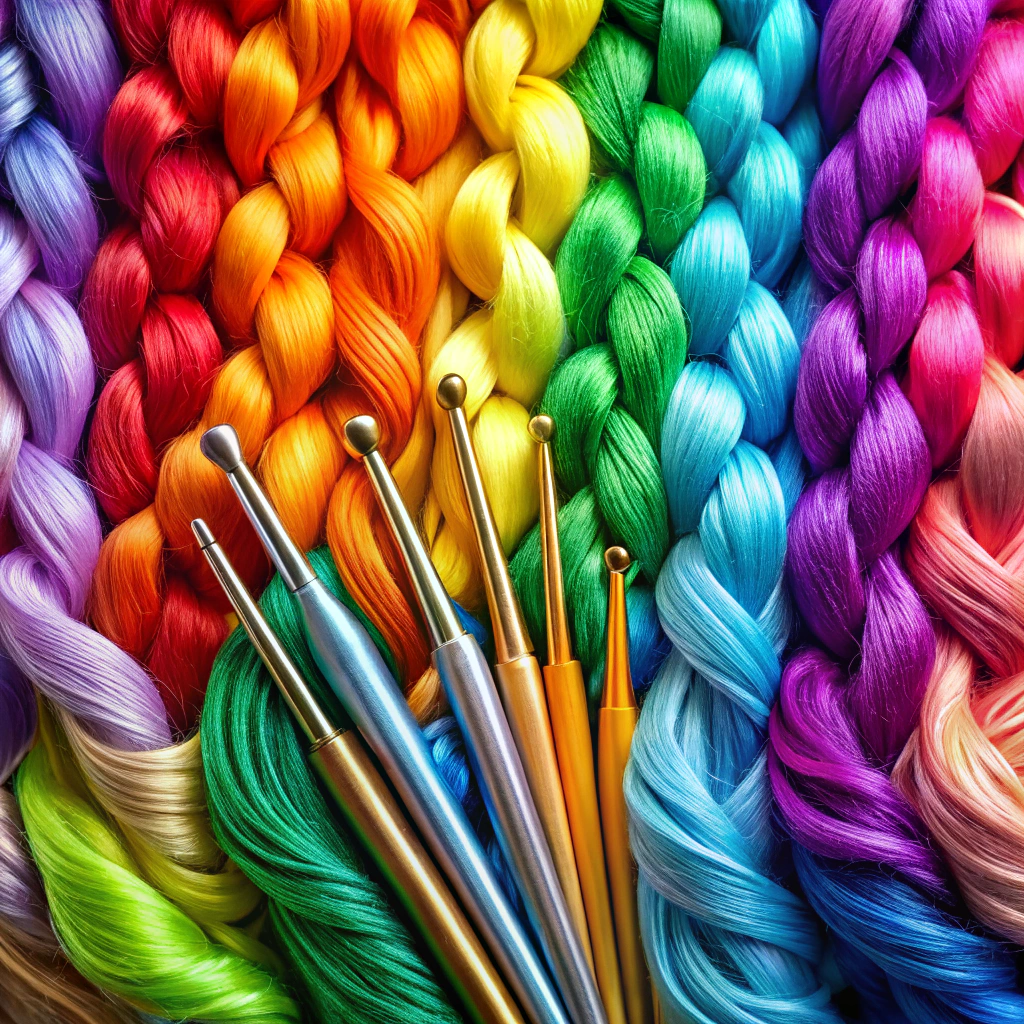Learn how to block crochet squares to give them a polished and professional look.
Key takeaways:
- Blocking crochet squares gives them a polished, professional look.
- Blocking evens out stitches and ensures squares are the same size.
- Choose a foam board or mat that is large enough and secure.
- Wet blocking is great for natural fibers, while steam blocking is quick and efficient.
- Follow step-by-step instructions for wet blocking or steam blocking.
Importance of Blocking Crochet Squares

Blocking transforms your crochet squares from a wild mess of loops and stitches into prim, polished squares that actually look like squares.
First, it helps even out those pesky stitches. You know, the ones that look like they’ve been partying all night.
Second, blocking ensures each square is the same size. No more trying to fit a jigsaw puzzle that fights back.
Third, it gives your work that professional finish. You can almost hear your crochet squares saying, “Look at me, I’m fabulous!”
So, blocking isn’t just for the obsessive—it’s a game-changer for anyone who wants their crochet to look its best.
Choosing the Right Foam Board or Blocking Mat
First things first, ensure your board or mat is large enough to accommodate your squares. You don’t want your poor squares hanging off the edge like they’re in a precarious thriller movie scene.
Opt for a foam board or mat that’s thick enough so pins stick easily, yet stay secure. If your pins wobble around, your squares might take on a wavy look—less charming, more perplexing.
A grid pattern on the mat can be your best friend. It’s like having training wheels for your pins, helping you align everything precisely without the guesswork.
Consider whether you’re working in a cat-friendly home. If so, look for materials that will stand up to feline curiosity. No one wants claw marks turning your squares into a strange modern art piece.
Finally, think about portability and storage. Foldable or modular mats can be lifesavers in tight crafting spaces. Those large, rigid boards may become the latest obstacle course in your living room otherwise.
Wet Blocking Vs. Steam Blocking: Pros and Cons
Wet blocking and steam blocking each have their high points and quirks, just like that one aunt who insists on showing family photos at every gathering. Let’s break it down.
- Wet blocking:
- Pro: Great for natural fibers. It’s like giving your yarn a relaxing spa day, allowing each stitch to relax and stretch out.
- Con: Time-intensive, as it requires a nice, long air-dry session. Good for those who enjoy the art of patience or have a Netflix series to catch up on.
- Steam blocking:
- Pro: Quick and efficient. Perfect for synthetic blends and when you’re in a race to the finish.
- Con: Can be a bit tricky with delicate yarns. Think of it as the “bad hair day” risk for your crochet project; too much heat, and things can go awry.
There you go—two trusty methods with their own flair, ready to come to the rescue of your slightly wonky crochet squares.
Step-by-Step Wet Blocking Method
Soak your crochet square in lukewarm water. Give it a nice, relaxing bath—no soap needed. Gently squeeze out excess water, but don’t wring it like a wet towel; we’re not making pancakes here!
Place the damp square on your blocking mat or foam board. Pin it down with rust-proof pins, starting from the corners and then adding pins along the sides to keep everything straight and even. You don’t want your square looking like it’s had a few too many.
Leave it to dry completely. This can take anywhere from a few hours to overnight. Entertain yourself while you wait—maybe crochet another square? When dry, remove the pins and admire your perfectly shaped creation.
Step-by-Step Steam Blocking Method
Start by pinning your crochet square onto a blocking mat or foam board. Ensure it is stretched to the desired shape but not overly tight—think yoga, not contortion.
Fill your steam iron with water and set it to the steam setting. You want it to get hot enough to produce a steady stream but not so hot that it could singe the yarn. Singed yarn is the crochet equivalent of microwaving a marshmallow—just don’t.
Hold the iron about an inch above the pinned square. Do not press the iron directly onto the yarn unless your goal involves tears and regret. Gently move the iron across the surface, allowing the steam to permeate the fibers.
Let the square cool and dry completely. Patience is key here. This isn’t fast food; it’s more like a slow roast.
Once dry, unpin the square. Voila! Your crochet piece should hold its shape beautifully, looking like a well-behaved schoolchild on picture day. Happy hooking!




